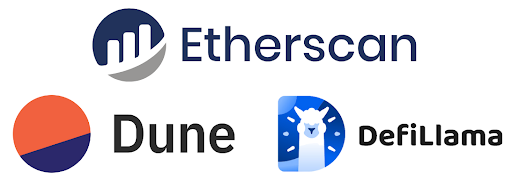Ultimate Crypto Research Checklist
 5 minutes
5 minutes

 5 minutes
5 minutes

With so many cryptocurrencies out there, knowing where to start when it comes to research can be tricky. This is where checklists can be useful, helping to provide structure and direction when researching cryptocurrencies. This resource serves as an example of a checklist.
When learning about a project and its associated cryptocurrency for the first time, one of the most important things to find out is how, and why, the project is using blockchain technology. The project’s website, documentation and blog posts should clearly explain these points.
Like in any industry or asset class, a cryptocurrency’s level of success can be greatly affected by the strength of its competition. When assessing the competitive landscape, it can be worth finding out whether the relevant cryptocurrency has any lasting competitive advantages. Examples of sources of competitive advantage are market timing, liquidity and network effects.
When cryptocurrencies have no distinct competitive advantages, they are generally more prone to falling behind and losing relevance.
To assess the competitiveness of each sector, the ‘Categories’ page on CoinGecko can be a useful starting point.

It is important to be aware of what lies ahead for particular cryptocurrencies in terms of milestones and potential announcements (i.e. upcoming catalysts).
Cryptocurrencies with several upcoming catalysts generally find it easier to attract attention compared to those without any. Importantly, because catalysts vary in terms of significance, categorising them as ‘major’ and ‘minor’ can be worthwhile.
Some potential catalysts include major upgrades (e.g. Uniswap v4), partnership announcements (e.g. Chainlink and Swift) and feature releases (e.g. Wormhole staking).
Almost all cryptocurrencies are tied to a particular blockchain, protocol, app or game, making it important to assess their activity and growth metrics. Various free tools exist to aid this assessment. Examples include block explorers (e.g. Etherscan) and analytics platforms (e.g. DefiLlama, Dune).

With so many projects being relatively early in their development, it is important to know who the founding team members are. The project’s website and LinkedIn are usually sufficient for this. Spending time evaluating the team can provide insight into whether they have the technical experience and professional network required to deliver on the project’s goals.
Of note, some projects and cryptocurrencies are developed by anonymous or pseudonymous teams. While this is not inherently a red flag—after all, Bitcoin’s creator was pseudonymous—it certainly makes the research process easier if information about the founding team is public.
No checklist is complete without assessing a cryptocurrency’s demand and supply dynamics. All relevant information should be detailed in the associated project’s documentation.
In terms of the demand side, it’s important to understand what purpose the cryptocurrency serves. For example, Ethereum (ETH) and Solana (SOL) are used to pay for transactions.
As for the supply side, it is generally useful to inspect the following: circulating supply, total supply, initial supply distribution, vesting schedule, inflation rate and holder distribution. (Of note, only some of these will be relevant to certain cryptocurrencies.)
Go deeper: Tokenomics 101: The Basics of Evaluating Cryptocurrencies
A checklist can be a useful tool when researching cryptocurrencies. Beyond adding structure to the research process, checklists can help ensure that proper consideration is given to all key aspects of a given cryptocurrency. Although this is not a definitive list of everything you should check it is a good baseline. Make sure you adapt your investing style to your own personal risk tolerance. This is just a guide and it is up to the individual to be responsible for their own actions and research.
